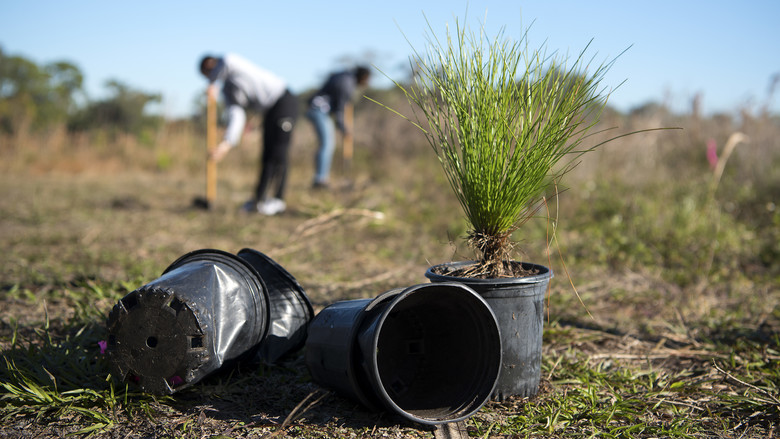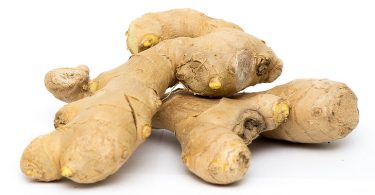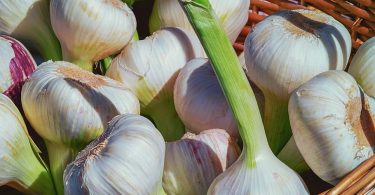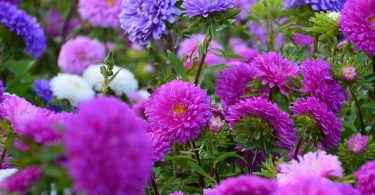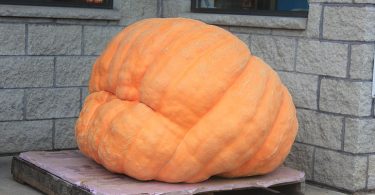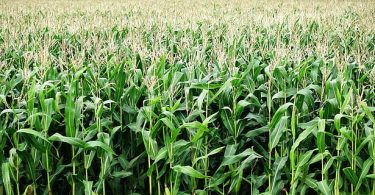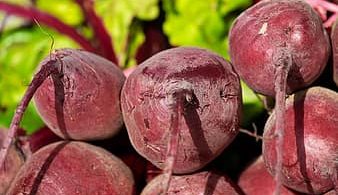Giving your trees the right care from day one is essential for long life and health. This means taking the time and care to plant a tree properly.
When to Plant Trees
Climate plays a deciding role when determining the appropriate planting time. Newly planted trees do best when exposed to moderate temperature and rainfall and they need time to root and acclimatize before the onset of intense heat and dryness of summer or the freezing temperatures of winter. Spring and fall, therefore, are generally the best planting seasons. In the southern United States, however, which do not experience an intense winter, planting can take place during the winter months. Palm trees are an exception: they are best planted in the warmer, summer months.
How To Plant Trees
While planting different types of trees differs in the details, all trees eventually end up in a hole. But not any old hole will do.
The most common mistake when planting a tree is a digging hole, which is both too deep and too narrow. Too deep and the roots don’t have access to sufficient oxygen to ensure proper growth. Too narrow and the root structure can’t expand sufficiently to nourish and properly anchor the tree.
As a general rule, trees should be transplanted no deeper than the soil in which they were originally grown. The width of the hole should be at least 3 times the diameter of the root ball or container or the spread of the roots in the case of bare root trees. This will provide the tree with enough worked earth for its root structure to establish itself.
When digging in poorly drained clay soil, it is important to avoid ‘glazing’. Glazing occurs when the sides and bottom of a hole become smoothed forming a barrier, through which water has difficulty passing. To break up the glaze, use a fork to work the bottom and drag the points along the sides of the completed hole. Also, raising the bottom of the hole slightly higher than the surrounding area. This allows water to disperse, reducing the possibility of water pooling in the planting zone.
Planting Balled and Burlapped Trees
Balled and burlapped (B & B) trees, although best planted as soon as possible, can be stored for some time after purchase as long as the ball is kept moist and the tree stored in a shady area. B & B trees should always be lifted by the ball, never by the trunk. The burlap surrounding the ball of earth and roots should either be cut away completely (mandatory, in the case of synthetic or plastic burlap) or at least pulled back from the top third of the ball (in the case of natural burlap). Any string or twine should also be removed. Backfill soil (combinations of peat moss, composted manure, topsoil, etc.) is then placed in the hole surrounding the tree just to the height of the ball or slightly lower to allow for some settling. Be careful not to compress the back fill soil as this may prevent water from reaching the roots and the roots from expanding beyond the ball.
Planting Container Trees
Container trees (though subject to greater heat and drying conditions than B and B) can also be stored for a brief period of time after purchase as long as the soil in the container is kept moist and the tree stored in a shady spot. The procedure for planting container trees is similar to that for B & B trees. In the case of metal or plastic containers, remove the container completely. In the case of fibre containers, tear the sides away.
Once carefully removed from the container, check the roots. If they are tightly compressed or ‘potbound’, use your fingers or a blunt instrument (to minimize root tearing) to carefully tease the fine roots away from the tight mass and then spread the roots prior to planting. In the case of extremely woody compacted roots, it may be necessary to use a spade to open up the bottom half of the root system. The root system is then pulled apart or ‘butterflied’ prior to planting. Loosening the root structure in this way is extremely important in the case of container plants. Failure to do so may result in the roots ‘girdling’ and killing the tree. At the very least, the roots will have difficulty expanding beyond the dimensions of the original container. To further assist this, lightly break up even the soil outside the planting zone. This allows roots that quickly move out of the planting zone to be more resilient as they anchor into existing surrounding soil conditions.
Once the tree is seated in the hole, the original soil is then back-filled into the hole to the soil level of the container. Again, remember not to overly compress the back-filled soil especially by tramping it with your feet. Compress gently using your hands instead.
Planting Bare-Rooted Trees
Planting bare-rooted trees is a little different as there is no soil surrounding the roots. Most importantly, the time between purchase and planting is a more critical issue. Plant as soon as possible. When purchasing bare-rooted trees, inspect the roots to ensure that they are moist and have numerous lengths of fine root hairs (healthy). Care should be taken to ensure that the roots are kept moist in the period between purchase and planting. Prune broken or damaged roots but save as much of the root structure as you can.
To plant, first build a cone of earth in the centre of the hole around which to splay the roots. Make sure that when properly seated on this cone the tree is planted so that the ‘trunk flare’ is clearly visible and the ‘crown’, where the roots and top meet, is about two inches above the soil level. This is to allow for natural settling.
Fertilizers and Other Soil Amendments
After you plant your tree, there are certain products that can be added to the soil to help the roots establish themselves. A root-promoting fertilizer can help, but ensure that the fertilizer is not simply placed in the planting hole. Fertilize the soil around the planting hole as well to promote root expansion.
Mycorrhizal Fungi is an extremely beneficial additive for newly planted trees. By adding this all-natural, symbiotic fungus to the soil, you can both promote the growth of the root system, and discourage the establishment of damaging fungi that could hinder the tree’s development.
Copy from : http://www.treehelp.com/howto/howto-plant-a-tree.asp
